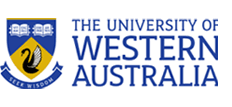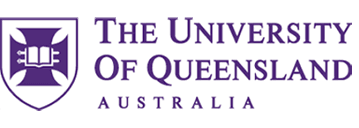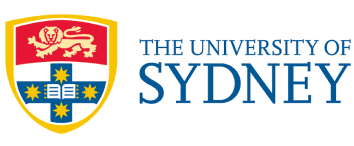We're using tiny cups of water to put out nature's raging fire

Image: Jaana Dielenberg
News story
11 September 2024
This opinion-editorial by Biodiversity Council Co-Chief Councillor Professor Hugh Possingham first appeared in The Canberra Times on 15 Aug 2024.
In just under two months time Australia is scheduled to host the global nature positive summit in Sydney, an event that has been designed to focus attention on tackling biodiversity decline.
The event has been billed as a way for businesses to showcase their funding commitments, but as scientists it is our governments’ commitment to tackling the biodiversity crisis that we are very concerned about.
When the Albanese Government came into office, Environment Minister Tanya Plibersek acknowledged that Australians voted for the environment and vowed “to restore, and to manage Australia’s environment” in order to “pass on a healthy environment to our children and grandchildren.”
Given the abysmal 2021 State of Environment report, which found the health of biodiversity in Australia was poor and deteriorating, this was a welcome acknowledgement.
Australia's 2021 State of the Environment report concluded Australia's environment was poor and deteriorating as a result of climate change, habitat loss, invasive species, pollution and resource extraction. Image: Jaana Dielenberg
In the intervening two years the government has made many good and much needed promises to improve nature conservation.
They launched the Nature Positive Plan, an ambitious but stalled agenda to reform our national environment laws, committed to no new extinctions of our unique wildlife and plants, and stood on the world stage to commit to conserving 30% of Australia’s lands and seas by 2030, as many other countries have also done.
The words have been good, but they have not been backed by the money needed to deliver these promises.
Announcements of a million dollars here and there for worthy projects can make it feel like the money is flowing, but at the moment they are throwing tiny cups of water at a very large burning building.
Less than one in every thousand dollars in the federal budget (0.1%) is currently going to on-ground projects to protect the nature that makes Australia so special, that attracts billions of dollars of tourism spending, and that we depend on for the air we breathe, the water we drink and the food we eat.
Based on the best available science we know that the federal government needs to lift that to at least 1% of the budget to stop extinctions.
Lifting federal spending on nature to 1% is reasonable and achievable and still a tiny fraction of spending on other areas. For example, it is substantially less than the $10 billion per year that the government spends subsidising fossil fuel.
It could also come from the reallocation of that subsidy which incentivises old polluting technology and that the government has an obligation to phase out under the Convention on Biological Diversity.
And investing public funds in a public good, such as protecting and restoring the environment is very popular.

Professor Hugh Possingham from The University of Queensland and Biodiversity Council believes the best signal the government could send would be to invest ten times more of your tax dollars in nature. Image: Jaana Dielenberg
The Biodiversity Council found the vast majority of Australians want to see more than 1% of the federal budget invested in nature. The study revealed majority support to lift spending by people from all political voting persuasions, demonstrating the universal care and concern for Australia's iconic wildlife.
Nature is in crisis around us and the change is happening quickly. Since the turn of the century, populations of our threatened species have, on average, declined by 60%.
The annual fall in threatened species numbers is around 4%. If the economy, employment levels, longevity, or people’s superannuation was falling at 4% per year for 20 years there would be national outcry.
It is time for the community to be angry about the mismanagement of nature.
Stopping our rapid loss of biodiversity is essential to all of us and will take investment.
The government is hosting the nature positive summit in an effort to encourage businesses to invest in the protection and restoration of nature. The best signal the government could send would be to invest ten times more of your tax dollars in nature.
Professor Hugh Possingham is Co-Chief Councillor with the Biodiversity Council and a Professor of Mathematics and Conservation Science at The University of Queensland

Image: Canberra Times













